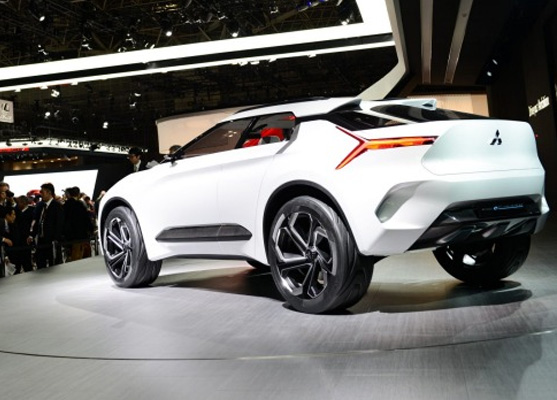Advanced manufacturing vibrant despite end of car production
David Chuter and Jens Goennemann, AMGC, agree that Australia is one of the few countries in the world where the manufacturing industry is thriving.
The day the last mass-produced car to be built in Australia rolled off Holden’s production line at Elizabeth, pundits feared Australian manufacturing was dead.
The next day, the Advanced Manufacturing Growth Centre challenged the traditional, narrow definition of manufacturing in a report stating that Australia’s manufacturing sector employs 1.27 million people and exports more than $100 billion of goods a year.
The report, Advanced Manufacturing: A New Definition for a new Era, points out that “manufacturing” embraces seven separate phases, from R&D at one end, through to sales and service at the other. Physically producing things is a relatively low-value proportion of what is, by this broader definition, a high-value activity, according to the centre’s managing director, Dr Jens Goennemann.
Counting all the jobs that can only exist because of a manufacturing business, but that have been progressively outsourced over the years, he says: “We don’t just have 900,000 manufacturing jobs in Australia [as the ABS states], but 1.3 million. There is a significant difference.”
The CEO of the Innovative Manufacturing CRC in Melbourne, David Chuter, agrees: “In Australia, we’re one of the few countries in the world where we actually do have a thriving manufacturing industry and it’s one which on a number of metrics has been growing continually over the past 12 months. It’s going to take a hit from the end of vehicle production in Australia, but we have a perception of manufacturing that it’s about producing things, and the definition of manufacturing is so much broader than that.”

